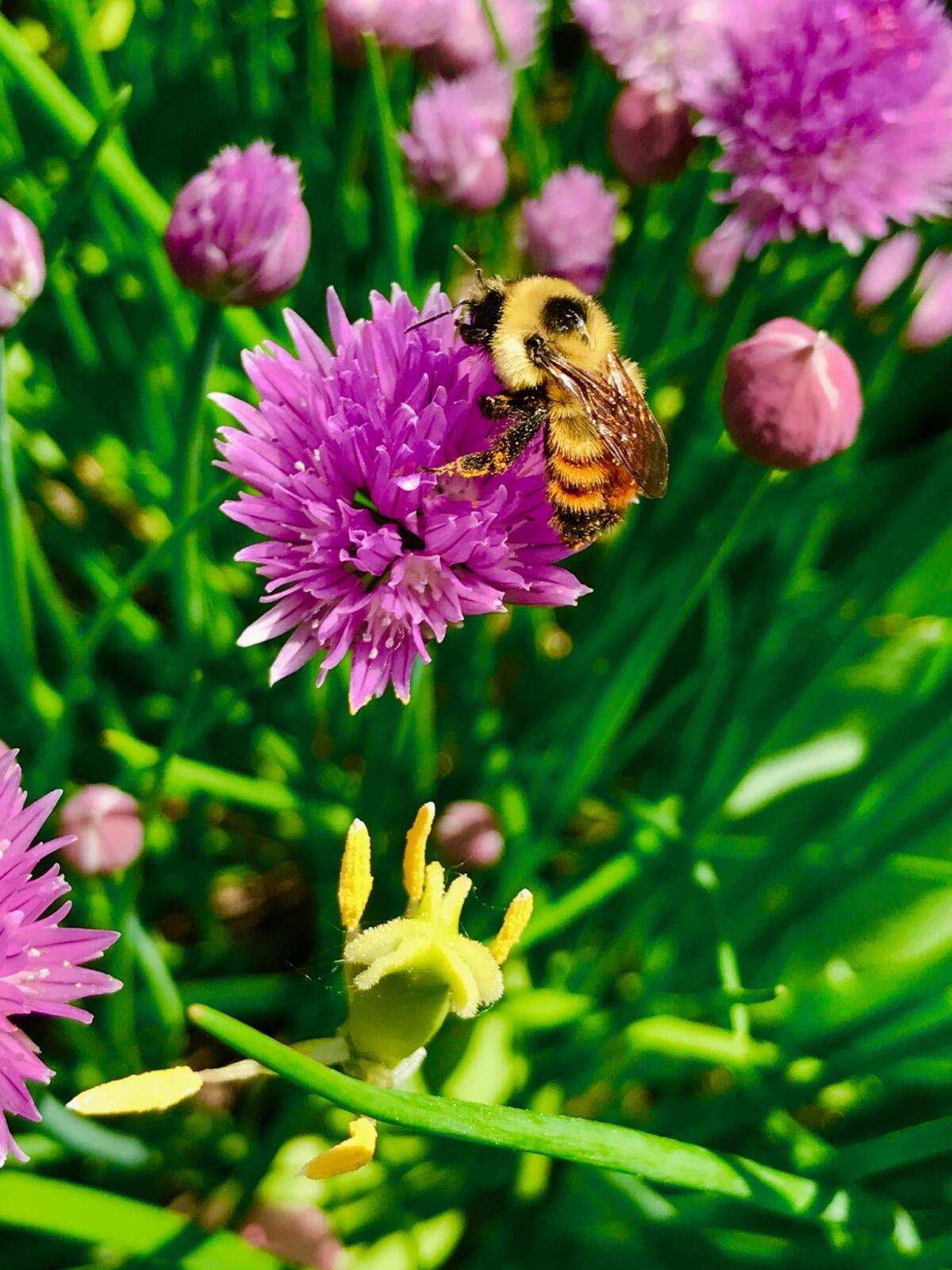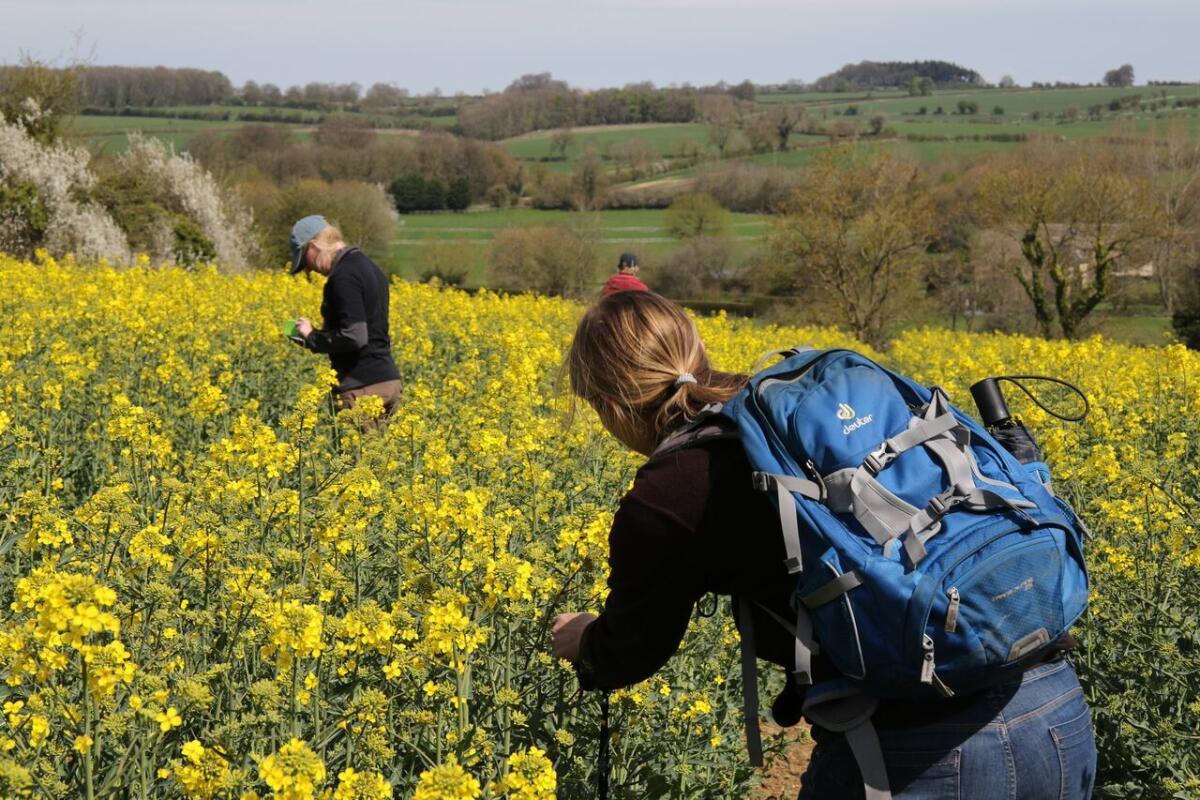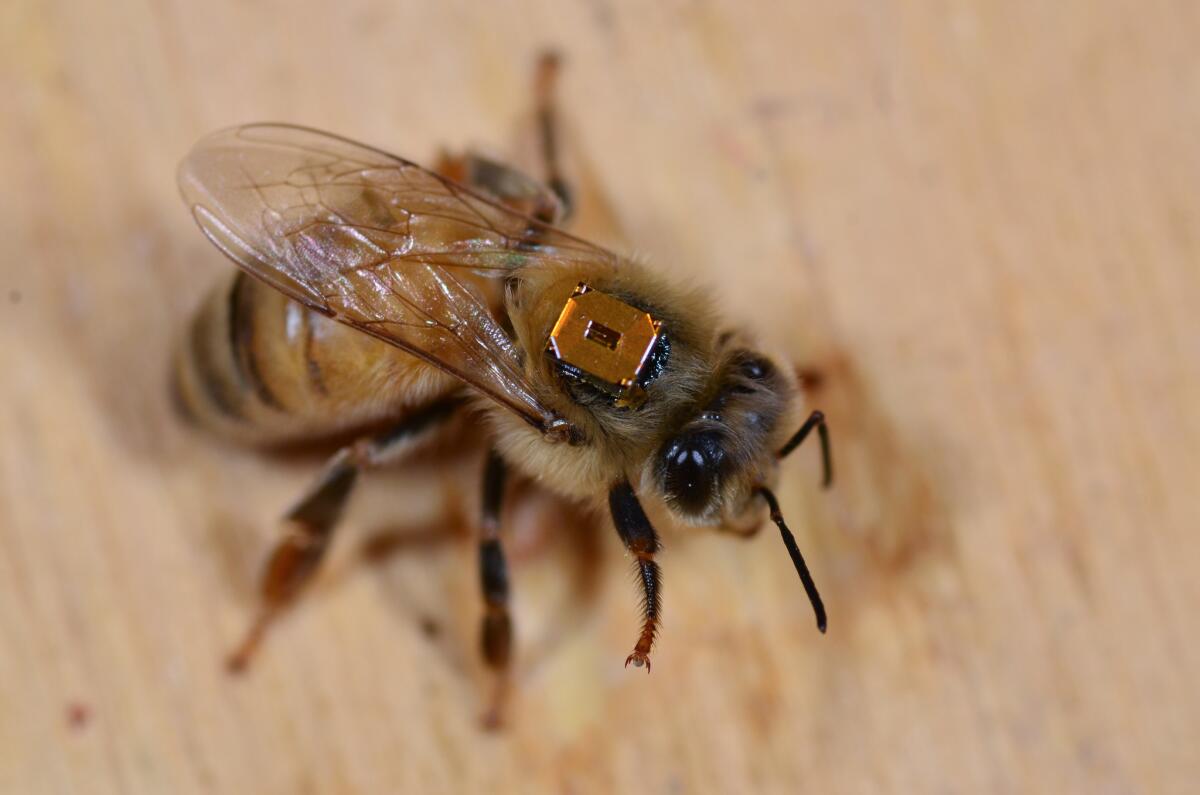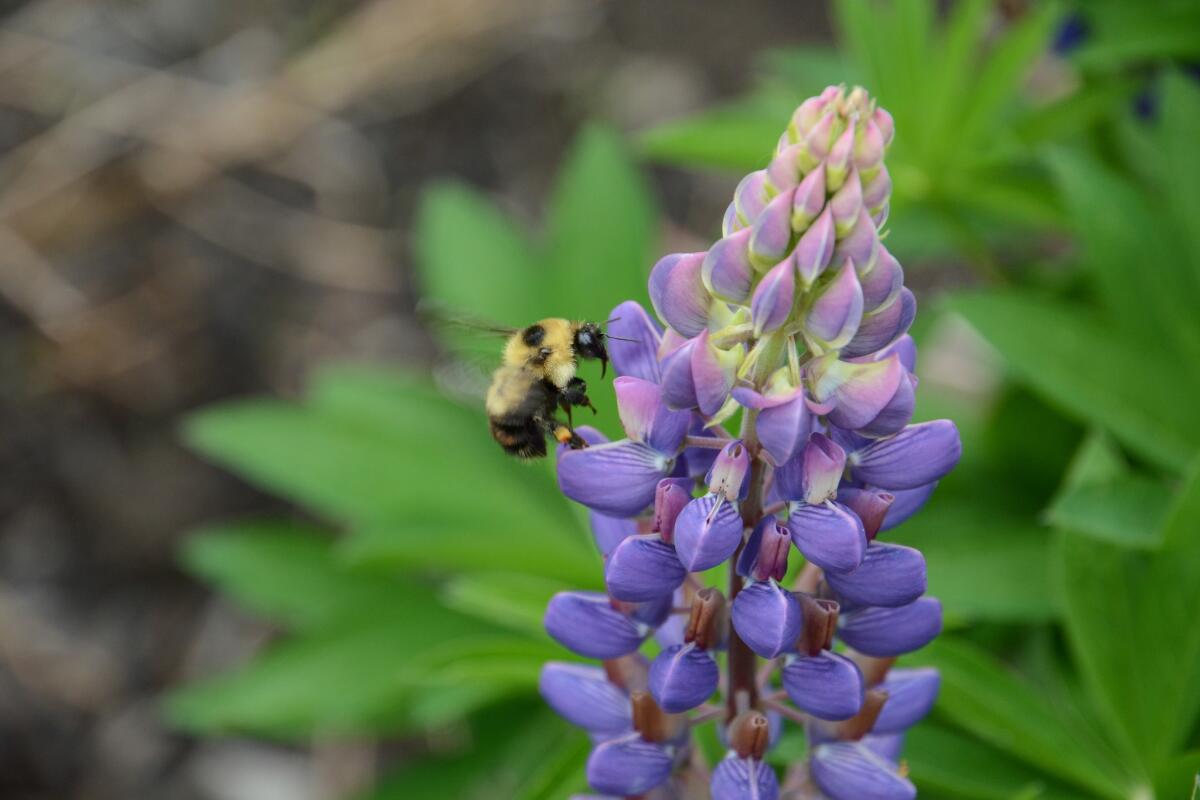Field tests show how pesticides can wreak havoc on honeybees

York University Professor Amro Zayed explains how a class of pesticides known as neonicotinoids can leach into the environment, harming honeybee workers and queens. (Credit: York University)
Humans are big fans of bees. We rely on them to pollinate crops like almonds, watermelons and apples.
But bees probably aren’t big fans of humans — at least, not of our agricultural practices.
In particular, they ought to be offended by our fondness for a widely used class of pesticides called neonicotinoids (neonics, for short).
Studies in the lab have shown that some doses of neonics are outright lethal to many bees and that even sub-lethal doses can shorten a colony’s lifespan and harm its overall health. Results have been similar in small-scale field studies.

Still, exactly how these pesticides, which are applied to seeds before planting, would affect bees in the real world remains something of a mystery. Scientists have been locked in a fierce debate over how much — and for how long — bees encounter these pesticides in their daily lives. After all, the conditions in a field are far more complex than those in a lab.
Now, two studies published side by side in the journal Science attempt to answer this contentious question.
One of the studies was conducted in Canada. It combined large-scale field work and laboratory experiments to better understand real-world neonic exposure levels and their effects on honeybees.
The other was conducted in large fields in Hungary, Germany and the U.K. Its goal was to understand how the effects of neonics vary between countries and how exposure during the flowering season affects the long-term health of a bee colony.
The research, published Thursday, provides a lot of new information and poses still more questions. Here are some of the key takeaways:
Bees are exposed to neonicotinoids for longer than we thought
In the Canadian study, biologist Amro Zayed and his team at York University in Toronto monitored 55 honeybee colonies in 11 locations from May through September 2014, a longer time than previously measured. They found that honeybees placed near cornfields planted with neonic-coated seeds were exposed to detectable levels of neonicotinoids for three to four months.
Even some of the bees placed far away from agricultural crops were exposed for around one month as the pesticide moved through the ecosystem. (More on that in a bit).

In the European study, a team led by Ben Woodcock and Richard Pywell from the Centre for Ecology and Hydrology in England studied bees in 33 sites, each split into areas that were treated with pesticides and areas that weren’t. They found that bees were exposed to neonics even in the untreated fields. This was particularly surprising considering that the chemicals have been restricted in Europe since 2014.
The researchers said this indicates that the pesticides remain in the environment long after a treated crop has been harvested.
Real-world doses of neonicotinoids are bad for bees
In general, both studies showed that the concentrations of neonicotinoids that bees actually encounter in fields are indeed dangerous for bees.
Woodcock’s team found that, in Hungary and the U.K., the more neonicotinoids there were in the ecosystem, the smaller the size of the honeybee colonies and the lower the fertility rate of wild bees.
Zayed and his team showed that worker honeybees died around five days sooner when exposed to neonics. That amounted to a 23% decrease in lifespan.
Exposed worker bees also displayed different behavior than unexposed bees. They tended to fly farther from the hive, as if they were lost. That symptom has been seen in previous studies.

The worker bees also were slower to recognize and remove dead or dying bees from the hive. This is important because removal keeps colonies healthy by eliminating potential sources of disease, Zayed said.
Perhaps most devastating, exposed honeybee colonies had difficulty keeping a laying queen. This can be catastrophic because if a replacement queen is not raised within three days of the previous queen’s death, no new eggs can be produced, and the colony will quickly die.
Between 70% and 80% of Zayed’s exposed colonies would have died without outside help, he said.
Neonic exposure can come from untreated plants
In both studies, neonicotinoids were found in untreated areas and plants.
Zayed’s group found that most of the contaminated pollen collected by Canadian honeybees actually was from untreated wildflowers, not from treated corn or soy.
While scientists don’t know how neonicotinoids spread in the environment, there are several plausible explanations.
Since these pesticides can dissolve in water, it is likely that dispersal occurs when neonic-contaminated water is sucked up by other plants, Zayed said.
Richard Shore and Pywell, both researchers from the Centre for Ecology and Hydrology, said that water, soil and dust are all possible ways that neonics might spread.
Environment matters — and it’s really, really complicated
One of the biggest messages from the European study is that the real world is incredibly complex, said Maj Rundlöf, who studies bees at UC Davis and Lund University and was not involved in either of the new studies. The variation is so great, both within and between countries, she said, that there must be a wide variety of factors at play.
One is the particular combination of agrochemicals to which bees are exposed. Farmland may be treated with pesticides, herbicides, fungicides and more. Just as some medications can interact with others, Zayed said, agrochemicals can join forces to intensify harm to bees.
Zayed’s team analyzed the toxicity effects of the two most common combinations found in their field tests. In one case, the results were startling: When the neonicotinoid thiamethoxam was combined with the fungicide boscalid, the neonic became twice as toxic to honeybees.

Additionally, the Woodcock team found that neonics had different effects in different countries. The pesticides did the least damage in Germany, and the team has a number of ideas as to why.
The German bee colonies were much healthier overall, with fewer instances of disease and parasites. They also had different diets, consisting of only about 15% neonic-treated rapeseed; in Hungary and the U.K., by contrast, rapeseed accounts for 40% to 50% of the diet.
This doesn’t necessarily mean we should ban neonicotinoids
The study authors and multiple other experts said it would be premature to ban neonicotinoids.
Norman Carreck, who researches bees at the University of Sussex and did not work on the new studies, said the EU’s 2014 moratorium on neonics has led to pest problems in England. The moratorium forced farmers to use alternative pesticides, and their effects on bees are mostly unknown.
“Farmers do an important job,” Zayed said. In making a decision about neonicotinoid use, we need to find a solution that “would reduce the cost to pollinators but at the same time still allow farmers to produce an economically viable crop.”
MORE IN SCIENCE
In a temple that predates the pyramids, scientists find evidence of a mysterious 'skull cult'
This cutting-edge bandage could make flu shots a thing of the past
How a fear of humans affects the lives of California's mountain lions



